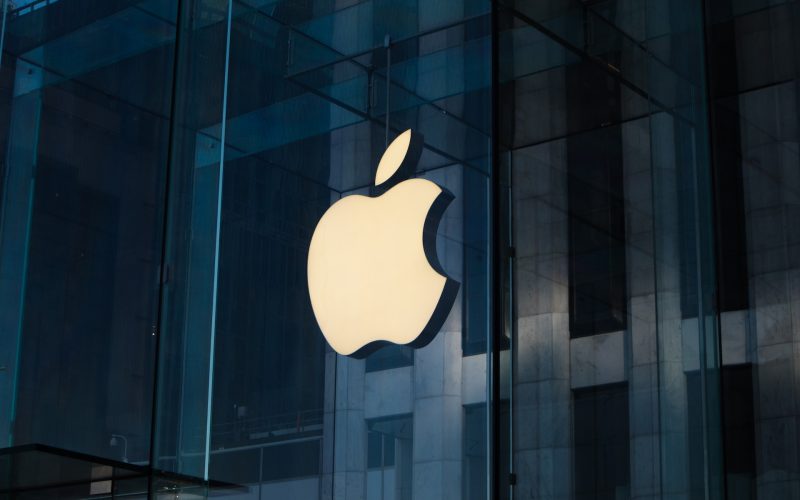Introduction
Apple Inc., the renowned technology giant, has consistently dazzled the world with its innovation, sleek designs, and groundbreaking products. Over the years, Apple has witnessed significant expansion, transforming from a computer company to a global powerhouse that influences multiple industries. In this article, we delve into the secrets behind Apple’s growth vision. Join us as we unravel the strategies, technologies, and visionary leadership that have propelled Apple to its current heights.
The Power of Innovation: Pioneering Technologies
At the core of Apple’s growth lies its unwavering commitment to innovation. Apple has continually pushed boundaries and disrupted industries by introducing groundbreaking technologies. From the iconic Macintosh to the revolutionary iPhone, iPad, and Apple Watch, the company’s products have redefined consumer expectations and set new industry standards.
By investing heavily in research and development, Apple has consistently delivered cutting-edge technologies, combining hardware, software, and services seamlessly. This relentless pursuit of innovation has not only captivated consumers but has also enabled Apple to differentiate itself from competitors and maintain its position as a leader in the tech industry.
Creating Seamless Ecosystems: Integration and Interconnectivity
Apple’s growth vision extends beyond individual products. The company has masterfully crafted an ecosystem that intertwines its devices, software, and services, creating a seamless and interconnected user experience. Apple’s ecosystem encourages users to embrace multiple devices and services, ensuring a consistent and integrated flow across their digital lives.
With features like AirDrop, Handoff, and iCloud, Apple has simplified the way users interact with their devices, allowing for effortless synchronization, data sharing, and cross-platform functionality. This cohesive ecosystem not only enhances user convenience but also cultivates customer loyalty, as users find value in the interconnectedness and interoperability of Apple’s products and services.
Customer-Centric Approach: Designing for Delight
Apple’s growth can be attributed, in part, to its unwavering focus on delivering exceptional user experiences. Steve Jobs, Apple’s visionary co-founder, famously said, “Design is not just what it looks like and feels like. Design is how it works.” This design philosophy permeates every aspect of Apple’s products, from their aesthetics to their functionality.
By placing the user at the center of their design process, Apple ensures that its products are intuitive, visually appealing, and a joy to use. Attention to detail, simplicity, and a commitment to minimalism are hallmarks of Apple’s design language. This user-centric approach has resonated with consumers, fostering deep emotional connections and brand loyalty that extends beyond the initial purchase.
Vertical Integration: Controlling the User Experience
One of Apple’s key strategies for growth has been its emphasis on vertical integration. Unlike many of its competitors, Apple controls every aspect of its hardware, software, and services, resulting in a tightly integrated ecosystem. This level of control allows Apple to optimize the user experience, maintain quality standards, and ensure compatibility across its product lineup.
By owning the entire production chain, Apple can meticulously design and optimize each component, resulting in a seamless and cohesive user experience. This vertical integration also enables Apple to maintain a level of exclusivity, as its products are tailored to work best within the Apple ecosystem. This strategy has proven successful, attracting a dedicated customer base that appreciates the end-to-end quality and interoperability that Apple provides.
Fostering a Strong Brand Identity: Marketing and Customer Perception
Apple’s growth vision has been fortified by its ability to establish a strong brand identity that resonates with consumers. Through strategic marketing campaigns, Apple has positioned itself as a premium and aspirational brand, synonymous with innovation, quality, and elegance. The company’s advertisements evoke emotions, spark curiosity, and inspire a desire for Apple products.
Apple’s focus on branding extends beyond marketing. The company has carefully cultivated its retail stores to provide an immersive and memorable shopping experience. The sleek store designs, knowledgeable staff, and attention to detail create an environment that reinforces the brand’s values and fosters a sense of community among Apple enthusiasts.
Conclusion
Apple’s expansion from a computer company to a global leader across multiple industries is a testament to its unwavering commitment to innovation, user-centric design, vertical integration, and a strong brand identity. By consistently pushing boundaries and reimagining the way we interact with technology, Apple has carved a unique path to success.
As Apple continues to unveil new products and ventures, the world eagerly awaits the next wave of innovation and growth from this iconic company. Apple’s growth vision serves as an inspiration to businesses worldwide, reminding us of the power of innovation, customer-centricity, and the pursuit of excellence.












